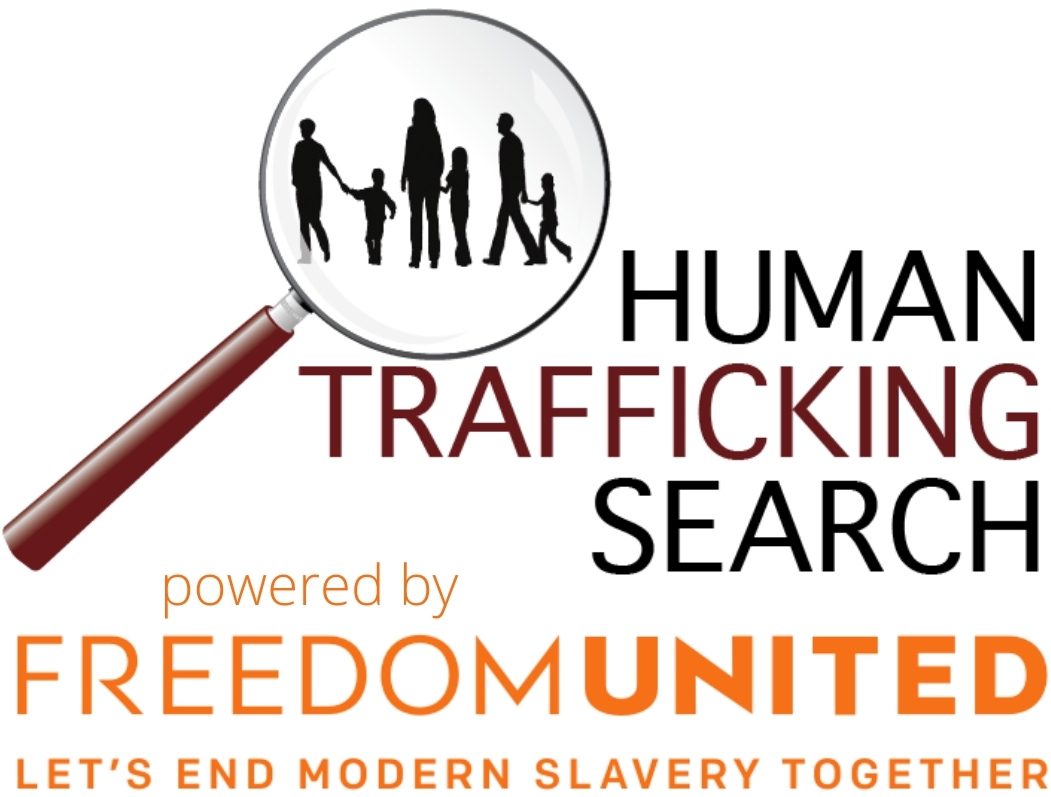Sign up for our news digest
I agree to receive email updates from Human Trafficking Search. I may unsubscribe at any time.
Posts by: Human Trafficking Search

Prajwala: An Eternal Flame
Every year in India, over 200,000 women and children are inducted into the flesh trade. Of these, approximately one-third are under 18 years old. Sex trafficking is not only a severe violation of human rights but also results in adverse physical, psychological and moral consequences for the victims.
The New Administration and Human Trafficking
Last month, Donald Trump was inaugurated as the 45th president of the US. So far, his administration has passed numerous executive orders that have received intense backlash from the left. In addition, the Republican-led congress has confirmed a number of Trump’s cabinet nominees with strong resistance from the liberal camp.

Let’s Foster Both Love and Human Rights on Valentine’s Day
Two of the most prevalent symbols of Valentine’s Day are chocolate and roses. However, you may not know that these two items, especially to meet the high volume created by Valentine’s Day, are responsible for egregious labor exploitation of women and vulnerable children.
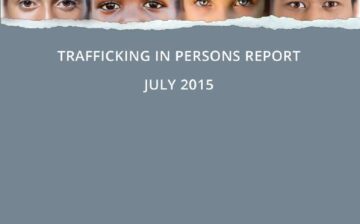
What Manhood Means to Me
As an educator, activist, author and co-founder of A CALL TO MEN, I spend most of my time – and have spent most of my adult life – thinking about and talking about what it means to be a man.
Publication of the Month: Freedom from Slavery Forum Report
Free the Slaves serves as the secretariat for the annual Freedom from Slavery Forum. This gathering of anti-slavery leaders from around the world is designed to create a collegial space where leaders can coalesce, create partnerships, discuss promising practices, and develop a shared agenda for action.
“Slavery and Human Trafficking Prevention Month”
This January marks the fifth anniversary of “Slavery and Human Trafficking Prevention Month” in the United States.
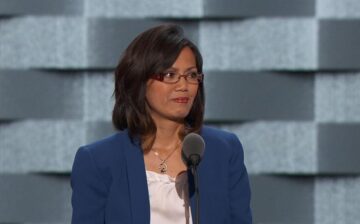
2016 Highlights in the Anti-Trafficking Movement
In 2016, the anti-trafficking movement has made a number of strides forward in combatting trafficking in persons in the US and abroad. As we look forward to combatting human trafficking in 2017, we wanted to take some time and reflect on the steps forward we took in 2016.
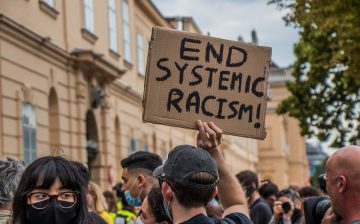
Part 3: A Call to Action
When thinking about moving forward in the movement towards atoning slavery, Social Movement Theory lends a helpful hand. The theory describes four stages: emergence, coalescence, bureaucratization, and decline. This movement’s stage…
Part 2: Connections between Chattel Slavery and Modern-Day Human Trafficking
Although the Justice for Chattel Slavery and Anti-trafficking movements have yet to work together on eradicating slavery and the historical imprint of slavery in our society, there is a stark connection between the two movements in the US.
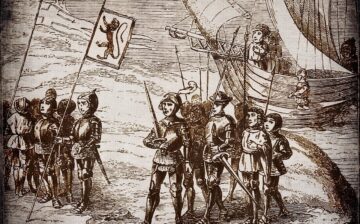
Reckoning with History: the Atlantic Slave Trade at American Universities
During the antebellum period, slaves built and were sold to fund some of the United States’ most prestigious universities. It was not until the 2000’s that these institutions began to acknowledge and come to terms with this part of their past.
